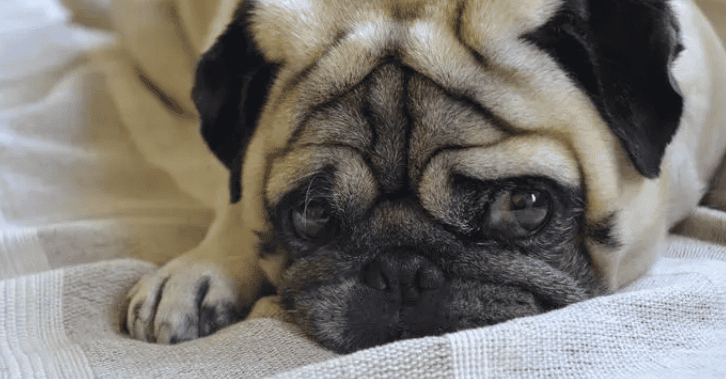Pug, also known as pug, pug, etc., is a small pet dog that is loved by people for its unique flat face and big eyes. However, as winter approaches, many Pug owners begin to worry about their ability to withstand the cold weather. So, are pugs afraid of the cold? What should you pay attention to when raising a pug in winter?
The physical constitution of Pug dogs determines that their ability to adapt to cold is relatively weak. Pugs are smaller and have a thin layer of fat, making it difficult for them to generate enough heat to withstand the cold. Therefore, pugs do feel cold in the winter and require owners to take some steps to keep them warm.

Things to pay attention to when raising pug dogs in winter:
1. Warmth: It is important to provide a warm and comfortable environment for Pug dogs. In winter, owners can prepare some warm kennels and blankets for them to ensure that they spend the winter indoors. In addition, if the indoor heating is insufficient, you can use a pet-specific heating pad or electric blanket to keep your pug warm.
2. Reduce the time you spend outside: The weather is cold in winter, and Pug dogs have weak resistance and are prone to cold. Therefore, owners should try to minimize the time their Pug spends outside in cold weather. If you need to take your pug outside, dress them in warm pet clothing and make sure they don't spend too much time outdoors.
3. Increase nutrition: Winter is a critical period for Pug dogs to increase their body resistance. Owners should provide Pug dogs with adequate nutrition and increase their food intake, especially food rich in protein and fat, to help them generate more heat to resist the cold.

4. Keep exercise: Although the winter is cold, However, owners still need to ensure that Pug dogs receive appropriate exercise to enhance their physical fitness and resistance. You can arrange some simple sports activities for pugs indoors, such as chasing toys, climbing, etc.
5. Prevent colds: Since Pug dogs have weak resistance to cold, owners should always pay attention to their physical condition to prevent colds. Once your pug is found to have symptoms such as runny nose, sneezing, or fever, you should take them to the veterinarian immediately.
Pugs are indeed afraid of the cold in winter, and a series of measures need to be taken to keep them warm. By paying attention to the above points, I believe your Pug will be able to spend a warm and comfortable winter.

 扫一扫微信交流
扫一扫微信交流
发布评论